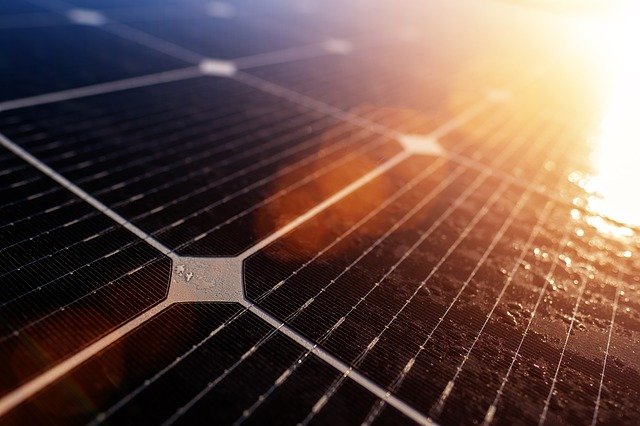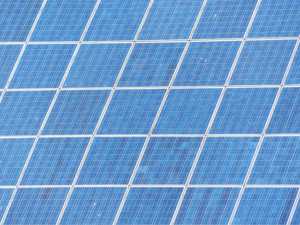
Significance
Solar photovoltaic power is gaining momentum as a solution to intertwined air pollution and climate challenges in China, driven by declining capital costs and increasing technical efficiencies. The dynamic spatial trajectory of cost-competitive and grid-compatible penetration potentials for solar power will be a critical determinant of the speed of energy system decarbonization in China. This study develops an integrated model to assess solar photovoltaic potentials and their cost competitiveness throughout 2020 to 2060 considering multiple spatiotemporal factors. We find that the cost competitiveness of solar power allows for pairing with storage capacity to supply 7.2 PWh of grid-compatible electricity, meeting 43.2% of China’s demand in 2060 at a price lower than 2.5 US cents/kWh.
Abstract
As the world’s largest CO2 emitter, China’s ability to decarbonize its energy system strongly affects the prospect of achieving the 1.5 °C limit in global, average surface-temperature rise. Understanding technically feasible, cost-competitive, and grid-compatible solar photovoltaic (PV) power potentials spatiotemporally is critical for China’s future energy pathway. This study develops an integrated model to evaluate the spatiotemporal evolution of the technology-economic-grid PV potentials in China during 2020 to 2060 under the assumption of continued cost degression in line with the trends of the past decade. The model considers the spatialized technical constraints, up-to-date economic parameters, and dynamic hourly interactions with the power grid. In contrast to the PV production of 0.26 PWh in 2020, results suggest that China’s technical potential will increase from 99.2 PWh in 2020 to 146.1 PWh in 2060 along with technical advances, and the national average power price could decrease from 4.9 to 0.4 US cents/kWh during the same period. About 78.6% (79.7 PWh) of China’s technical potential will realize price parity to coal-fired power in 2021, with price parity achieved nationwide by 2023. The cost advantage of solar PV allows for coupling with storage to generate cost-competitive and grid-compatible electricity. The combined systems potentially could supply 7.2 PWh of grid-compatible electricity in 2060 to meet 43.2% of the country’s electricity demand at a price below 2.5 US cents/kWh. The findings highlight a crucial energy transition point, not only for China but for other countries, at which combined solar power and storage systems become a cheaper alternative to coal-fired electricity and a more grid-compatible option.
Coal has been the dominant energy source fueling the swift growth of China’s economy over the past 40 y. Primary energy consumption in China increased by a factor greater than 8.5 from 1978 to 2019, while the fraction of coal in the energy supply declined only modestly, from 66.8 to 57.6%, over the same time period (1). China is responsible now for ∼28.8% of the total CO2 emissions worldwide, nearly twice …….






